Australia So Much to See


Sturt National Park
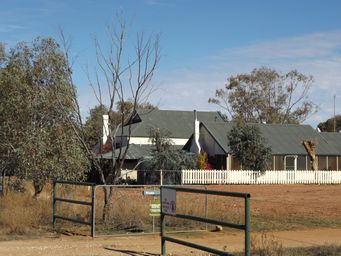
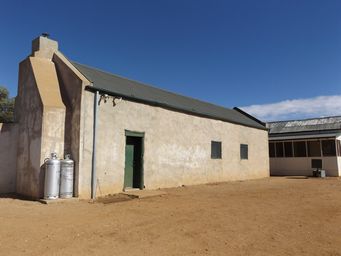
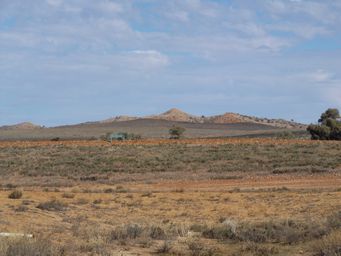
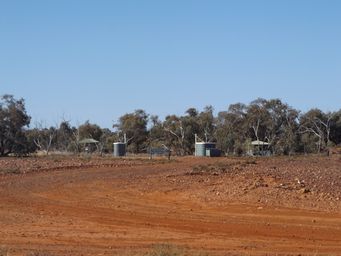
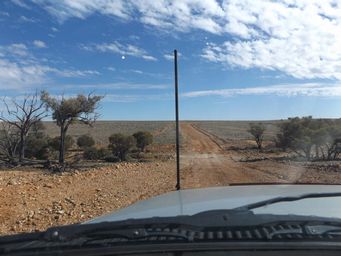
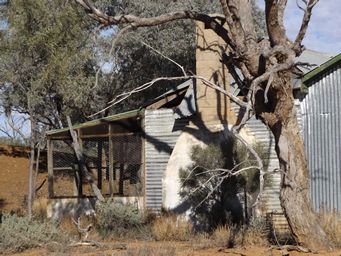
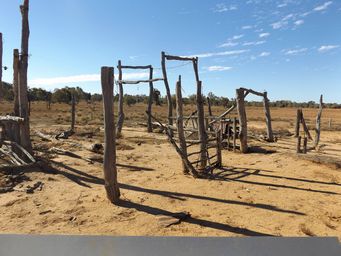
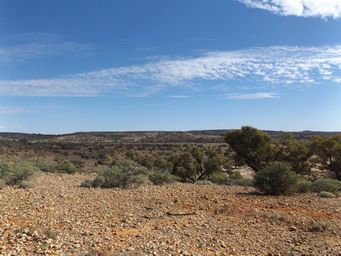
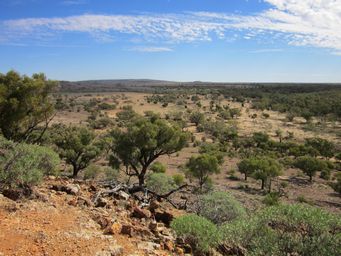
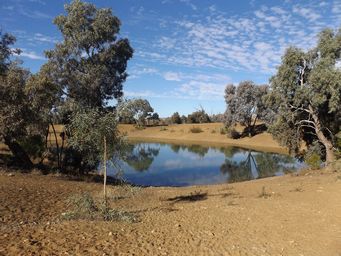
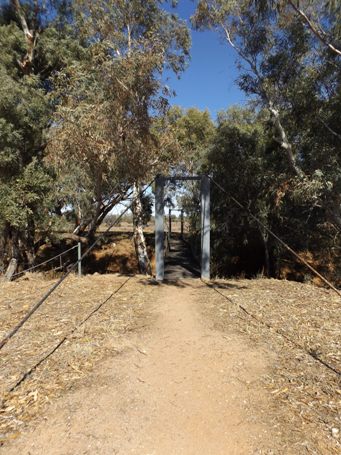
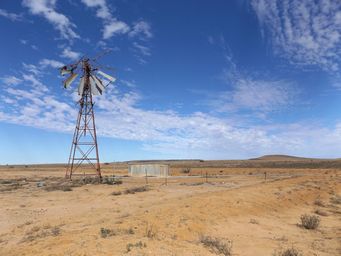
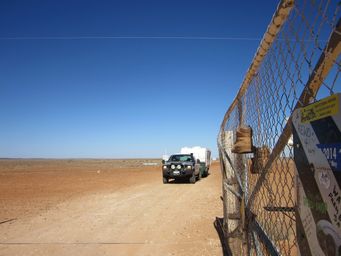
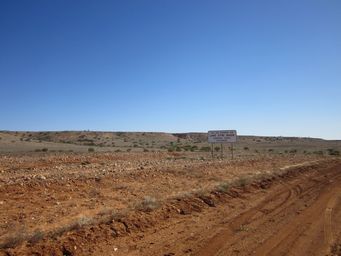

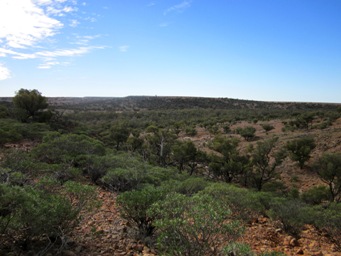
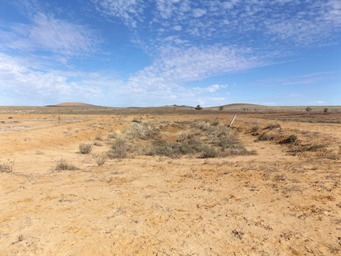
Continuing back on the Gorge Loop Road, we crossed Thompson’s Creek to the Mount Wood shearers quarters. With the shearing shed on
the south side of the creek, a suspension bridge (below left) across the creek links them. This is a relatively new bridge, and remnants
of the old suspension bridge can be seen in the creek below. Bunkhouse accommodation is available at the shear’s quarters
(rear building, below right).
Mount Wood Station was taken up in 1886 and once covered 500,000 acres (around 200,000 hectares), was acquired in 1972 and incorporated
into the Sturt National Park.
A short distance further is the Mount Wood Homestead complex, with a small campground opposite (above right). The homestead, originally
built as a small stone hut in 1896, consists of the older section which has a larger building semi-attached, from when the homestead
was expanded in 1935. More luxurious accommodation is offered at the homestead (above left).
Much of the loop road crosses gibber plains and dry creek lines. Once sheep grassed on this semi-arid land, but now only kangaroos
can be seen. Some watering points have been retained to allow them access to water.
The Gorge Lookout overlooks Twelve Mile Creek, the main watercourse in the Sturt National Park, and to the hills beyond. At
left and below.
South Torrens Bore is one the edge of the Great Artesian Basin. When it was first sunk, the bore delivered 10,000 gallons (45,000
litres) per day. However after ten years, with over 20,000 bores drawing on the Artesian Basin, water was depleted. A
windmill (above left) was then used to pump water from fifteen metres into a dugout depression (above right) nearby.
Much of the area we then travelled though consists of stony gibber country, with Mount Wood being a pinnacle of stones. A four
kilometre walk can be taken to the summit of this rocky landmark.
The former Horton Park station originally covered 25,680 acres (around 10,000 hectares), Horton Park became an outstation of Mount Wood in 1949. Here the remnants of the shearing shed, made of Gidgee wood, are still standing. The roof was originally made of grass.
Heading north on the Tibooburra – Warri Gate Road, we crossed the Grey Range and entered the Lake Eyre Basin, Coopers Creek catchment.